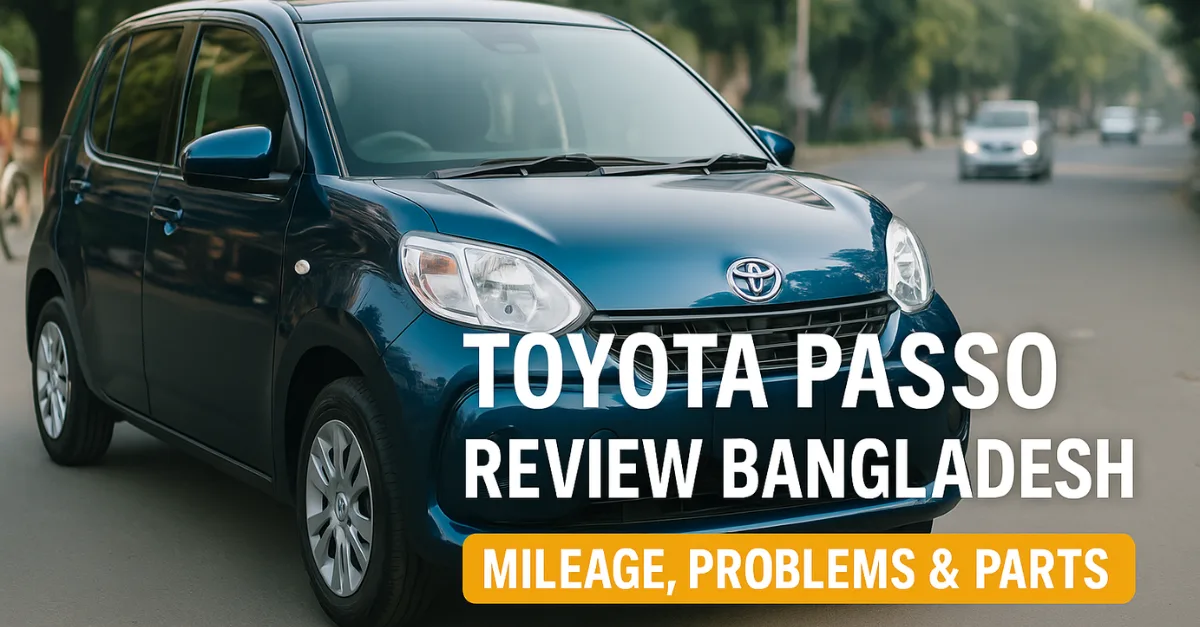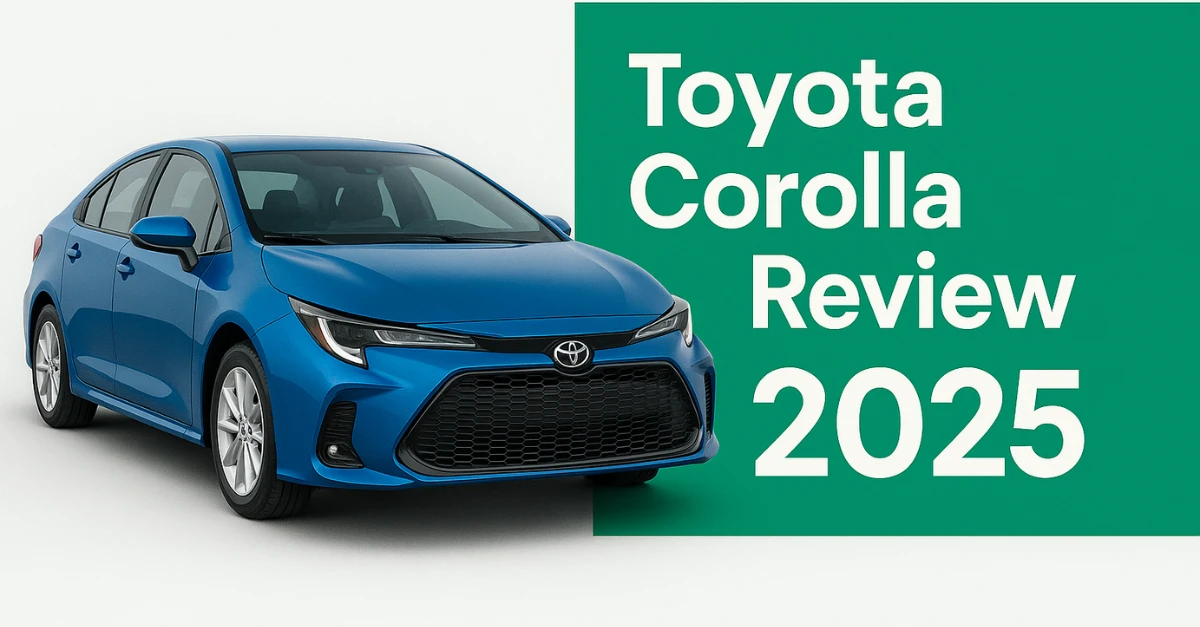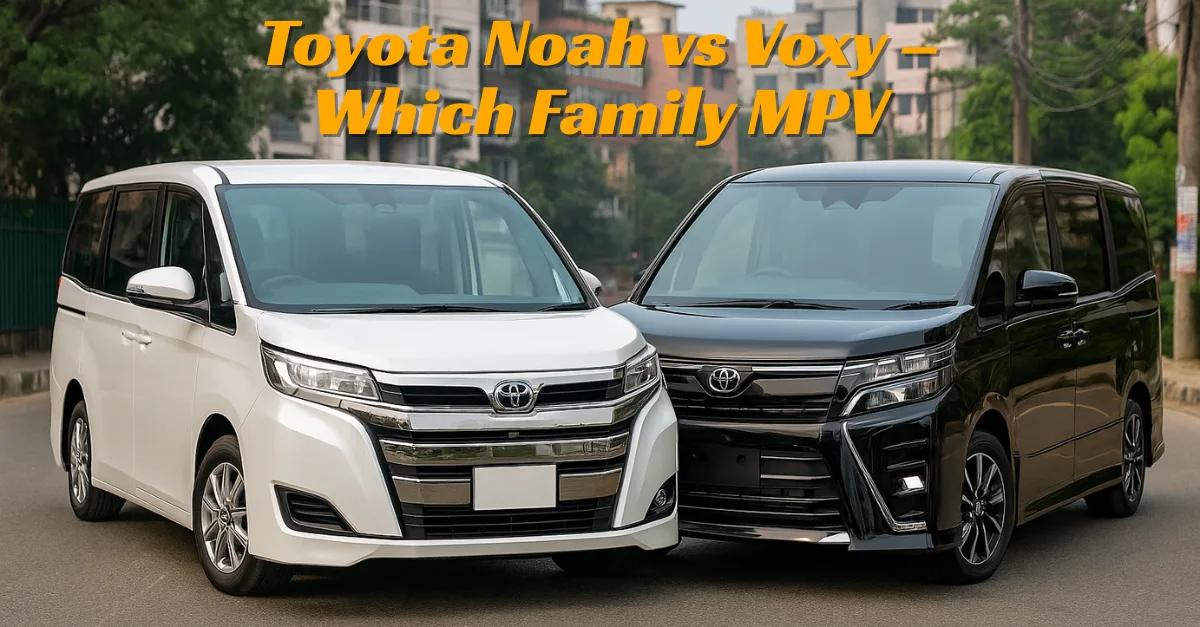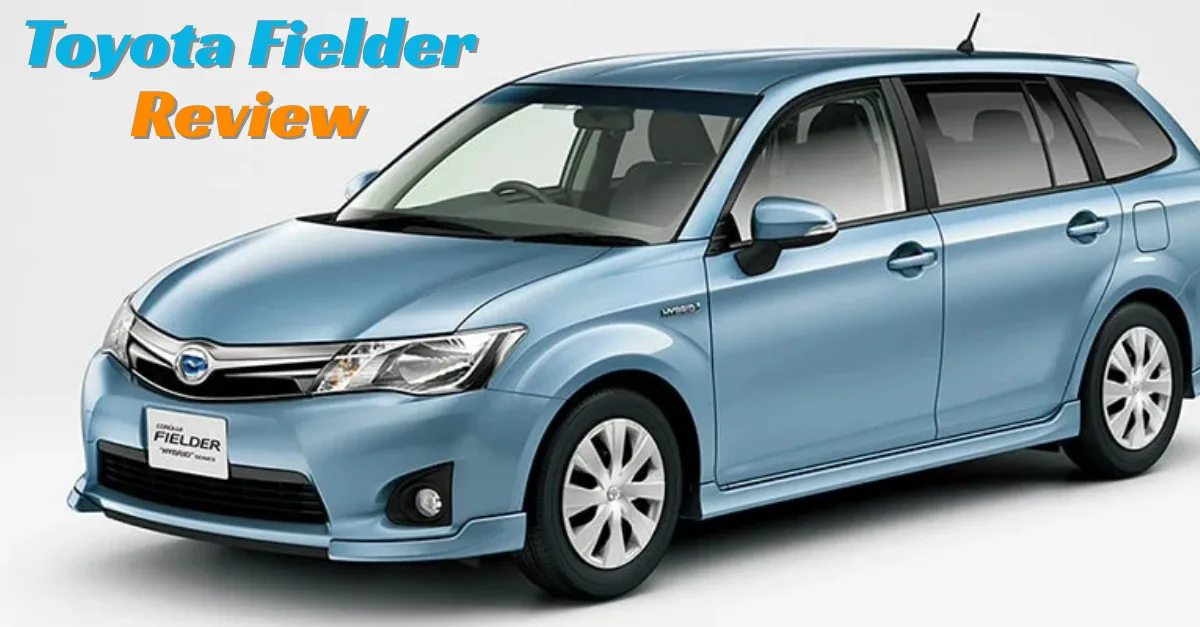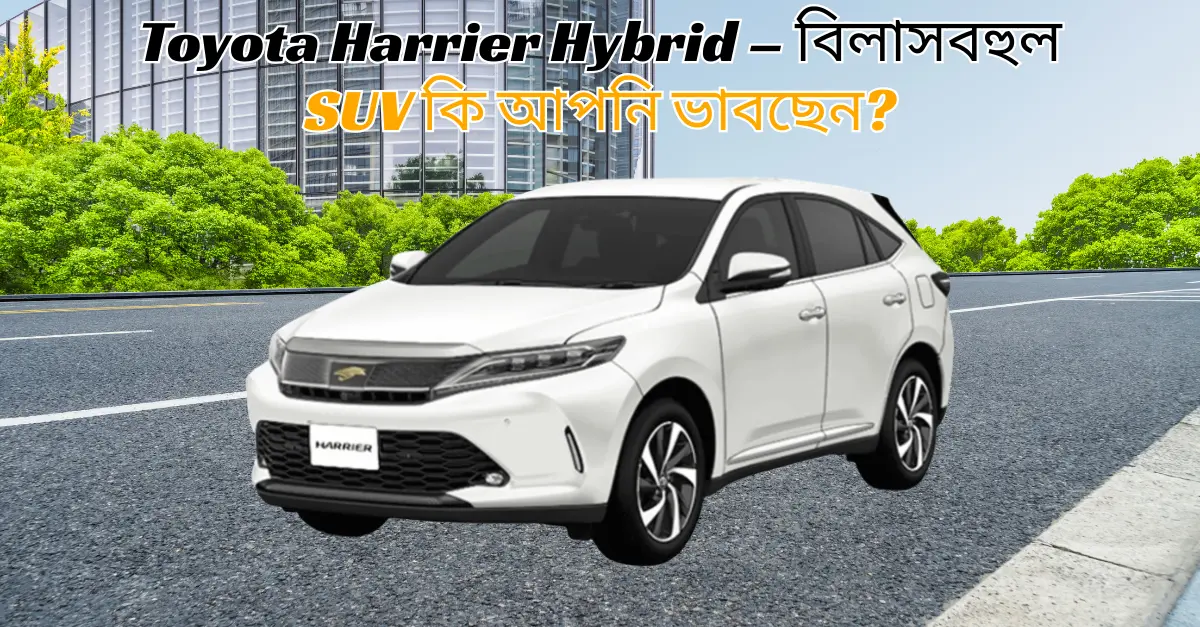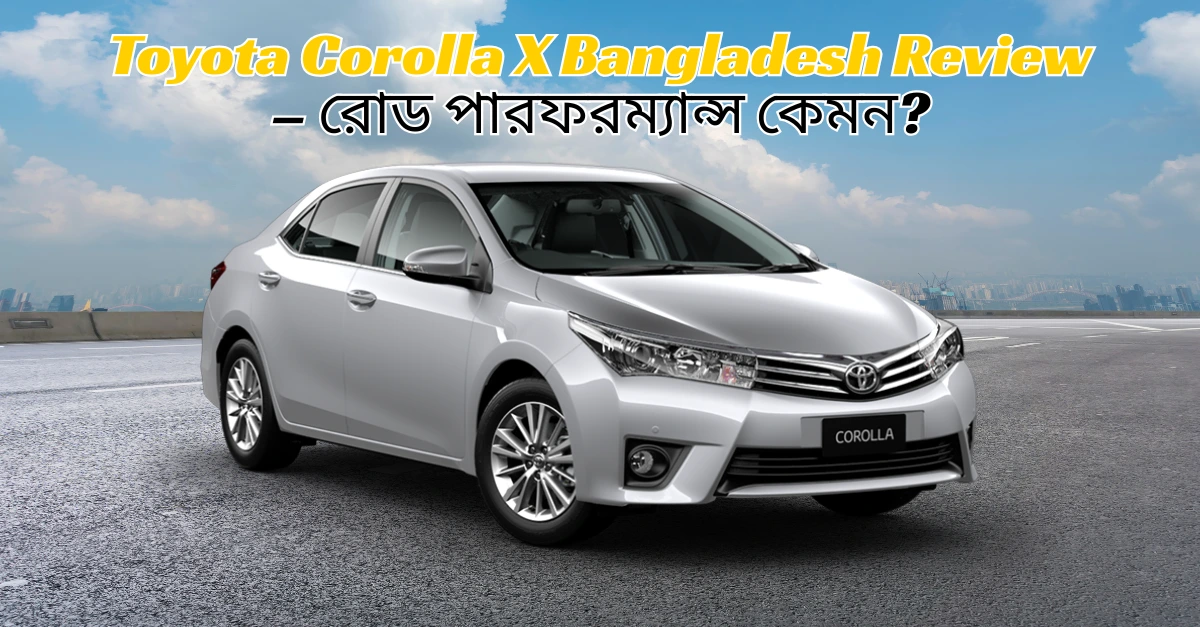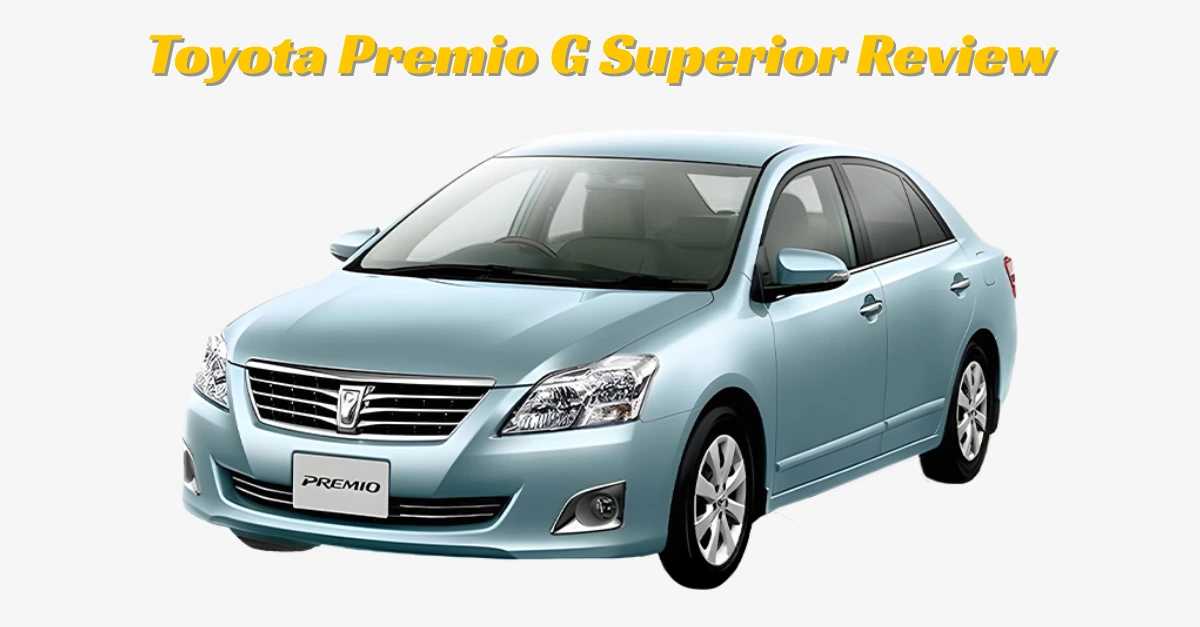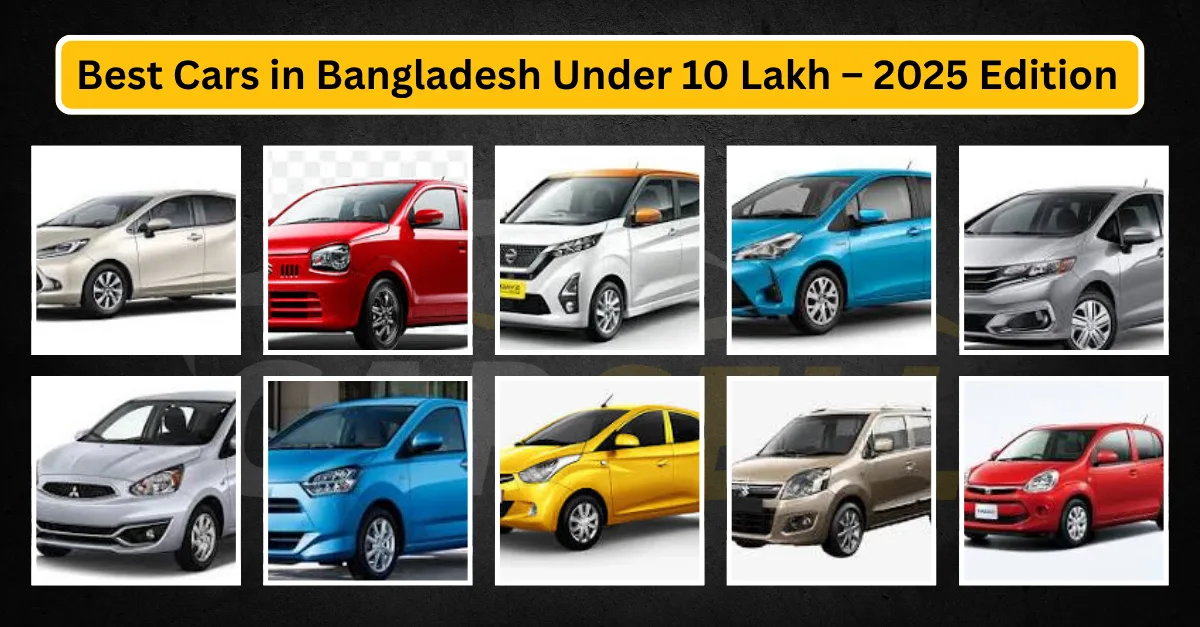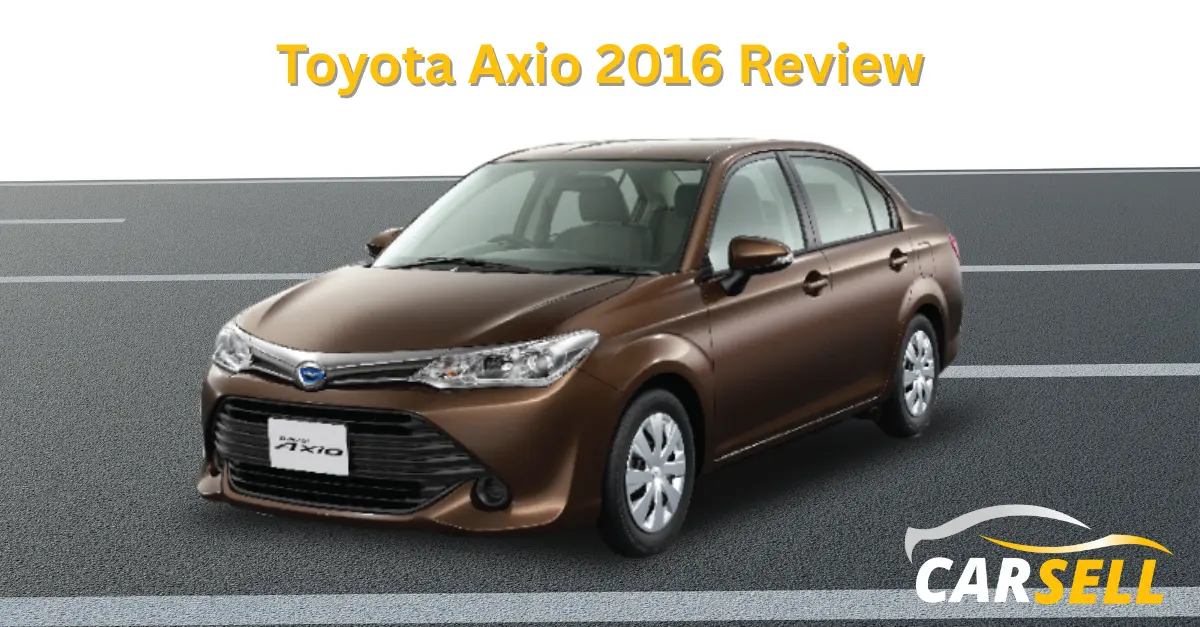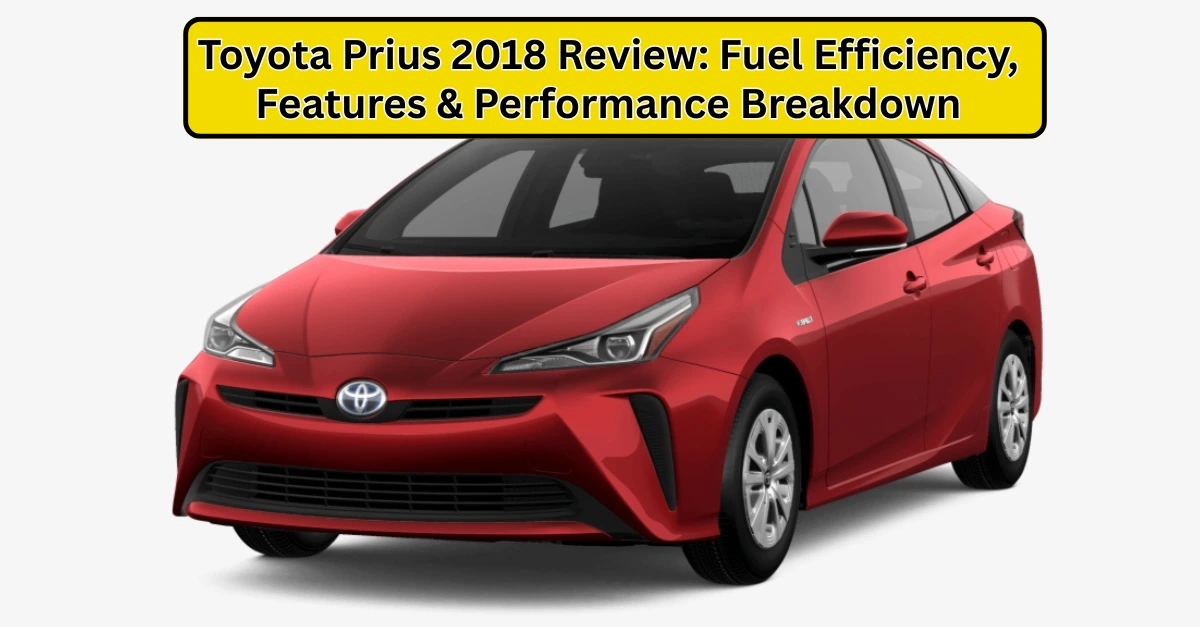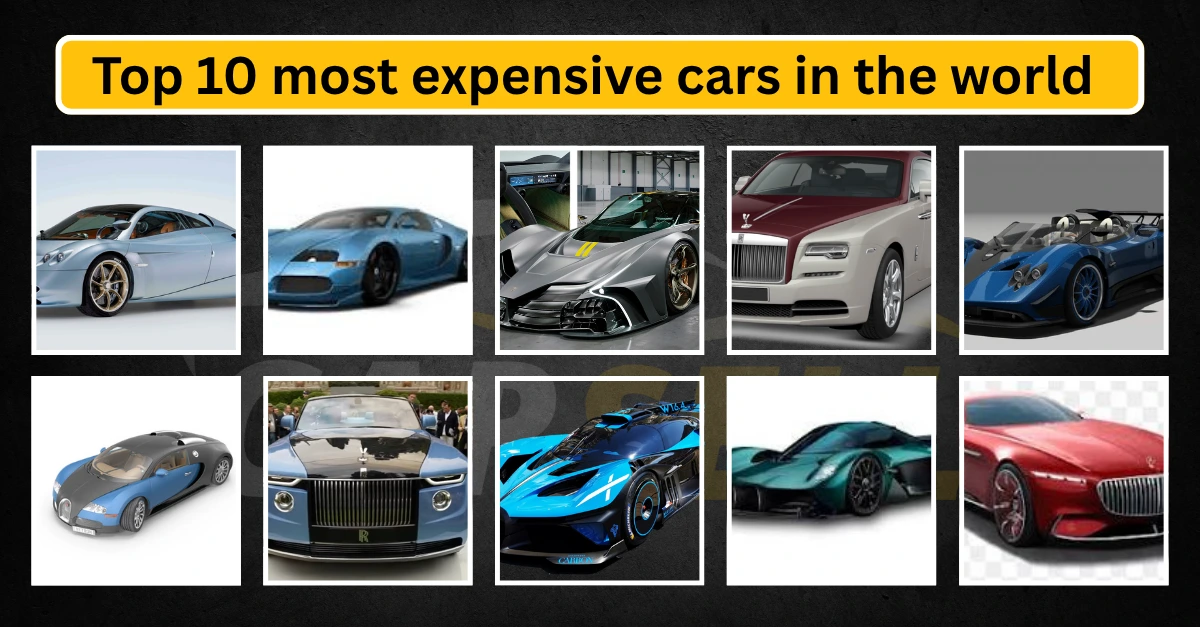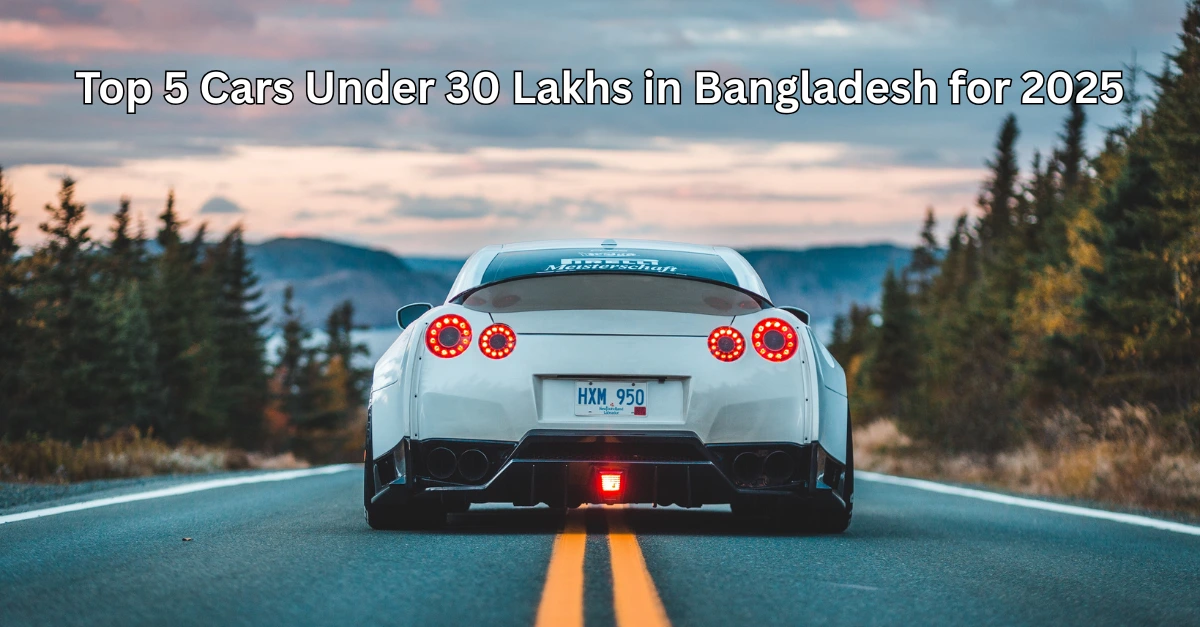Best Cars Under 50 Lakhs in Bangladesh – Top Picks, Prices & Features
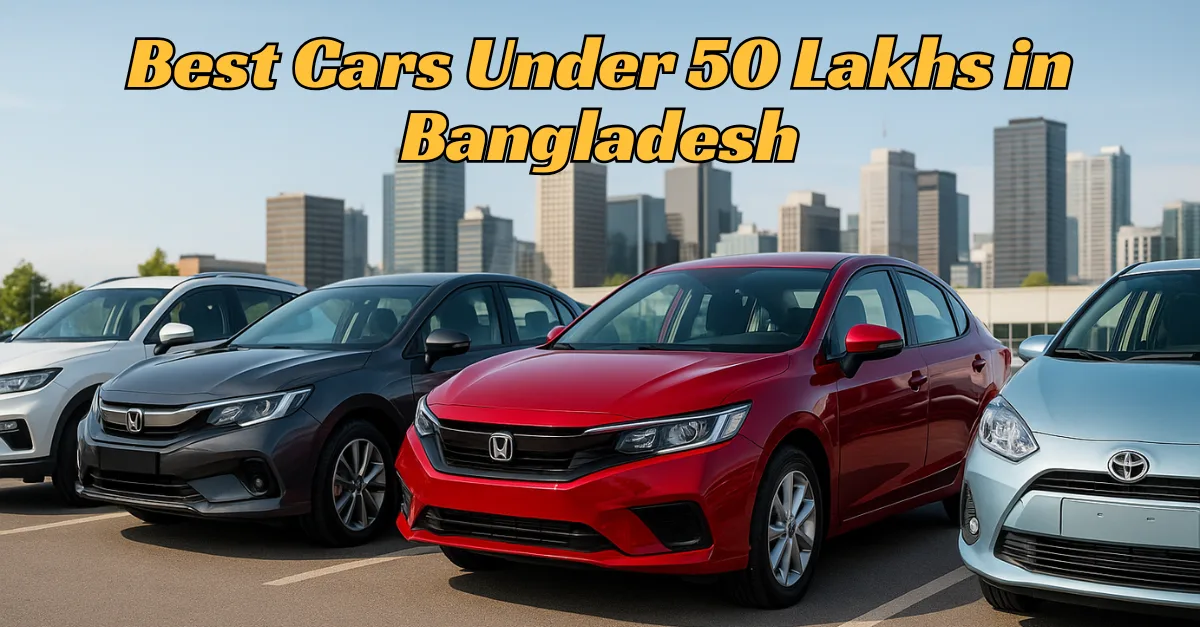
Best Cars Under 50 Lakhs in Bangladesh – Top Picks, Prices & Features
Are you planning to buy a car in Bangladesh but want to keep your budget under 50 lakhs? Don’t worry! There are many good cars available that give you style, comfort, and safety without costing too much. In this blog, I will show you some of the best cars you can get for under 50 lakhs. You’ll also learn about their prices and important features. Let’s find the perfect car for you that fits both your needs and your budget!
Why this guide exists
If you’re shopping for a car in Bangladesh with a budget of up to fifty lakhs, you’re probably juggling many practical questions at once. Will the car handle Dhaka traffic without beating me up every day? Is ground clearance enough for potholes and monsoon puddles? Can my family sit comfortably on weekend trips, and how much will fuel, insurance, and regular servicing really cost across the year? I wrote this guide to answer those questions in plain English, without showroom hype or confusing jargon. I’m using a simple rule: value first, hassle low, and features that actually help. That means shortlisting models that are easy to drive, simple to maintain, and backed by a service network you can actually reach. You will see familiar names—Hyundai Creta, Mitsubishi Xpander, Honda City, Toyota Aqua, Toyota Axio, and a couple of solid EV options. Prices in Bangladesh move with tax policy, trim availability, exchange rates, and dealer campaigns, so think of the mentioned prices as practical ranges rather than fixed tags. If a quote looks too good to be true, it probably has missing line items like registration, insurance, or accessories. In each section, I explain what kind of driver a car suits, what to double‑check before paying, and how to weigh new versus reconditioned options. I also added a no‑stress buying checklist and a quick way to think about financing so your monthly budget stays comfortable. By the end, you’ll have a clear shortlist and a calm plan to test, compare, and buy without second‑guessing yourself.
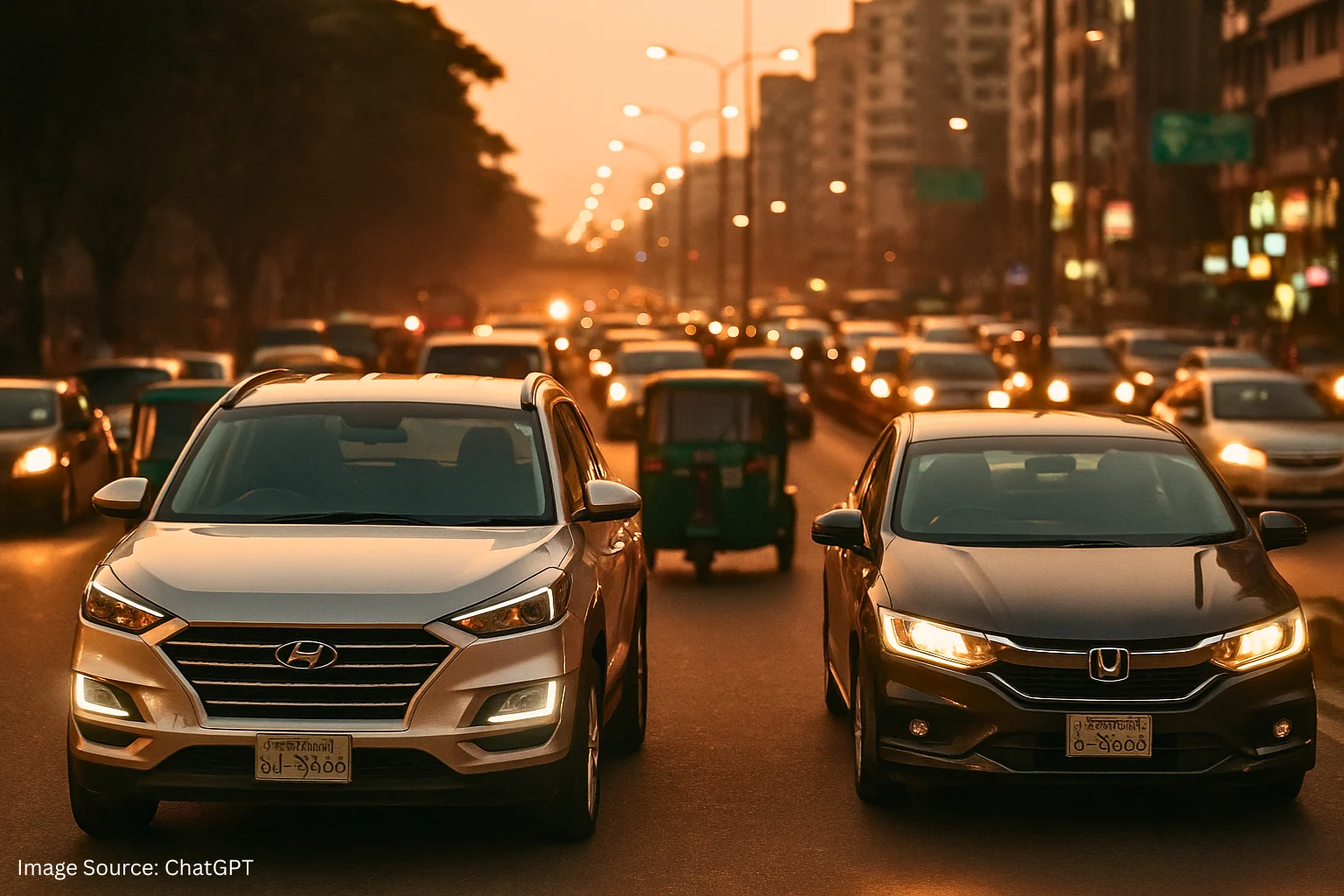
Quick Comparison Table — 2025 Prices in Bangladesh (Under 50 Lakhs)
Before we talk about why each car made the list, let’s ground the conversation with a quick comparison table. This table is not a promise from any brand; it’s a simple overview built from typical listings and recent showroom quotes that shoppers in Bangladesh often come across. Treat it like a map, not the destination. When you speak to a dealer, ask for an itemized quote that includes registration, number plates, smart card, tax token or fitness where relevant, comprehensive insurance for at least the first year, and any mandatory accessories. If a price looks unusually low, confirm the variant, safety features, and delivery timeframe, because the “headline” price sometimes belongs to a unit that isn’t actually in stock. Within fifty lakhs, most buyers want a balance between comfort and operating costs. That’s why compact SUVs and practical sedans dominate the conversation. Hybrid hatchbacks like the Toyota Aqua also show up frequently because they keep monthly fuel costs light, especially for city driving. An EV can make sense if you can install reliable home charging and you’re okay with planning longer trips a little differently. Use the table to pick two or three options that fit your lifestyle first—number of seats, parking size, daily route—then test drive on the exact roads you’ll use most. A car that feels perfect on a smooth demo route can feel very different on your daily commute during rush hour or after a heavy rain.
| Model | Type | Fuel | Typical BD Price | Why It Fits |
|---|---|---|---|---|
| Hyundai Creta | SUV (5‑seat) | Petrol | BDT 35–48 lakh | Balanced features, strong service |
| Mitsubishi Xpander | MPV/SUV (7‑seat) | Petrol | BDT 32–35 lakh | Real 3rd row, family‑friendly |
| Honda City / Grace (recond) | Sedan | Petrol / Hybrid | City: 40–48 • Grace: 18–26 | Smooth ride, high efficiency |
| Toyota Aqua (recond) | Hatchback | Hybrid | BDT 18–28 lakh | Great mileage, easy parts |
| Toyota Axio (recond) | Sedan | Hybrid/Petrol | BDT 22–35 lakh | Comfortable, strong resale |
| Hyundai Kona Electric | EV | Electric | ~BDT 35 lakh (spec‑dependent) | Quiet, low running cost |
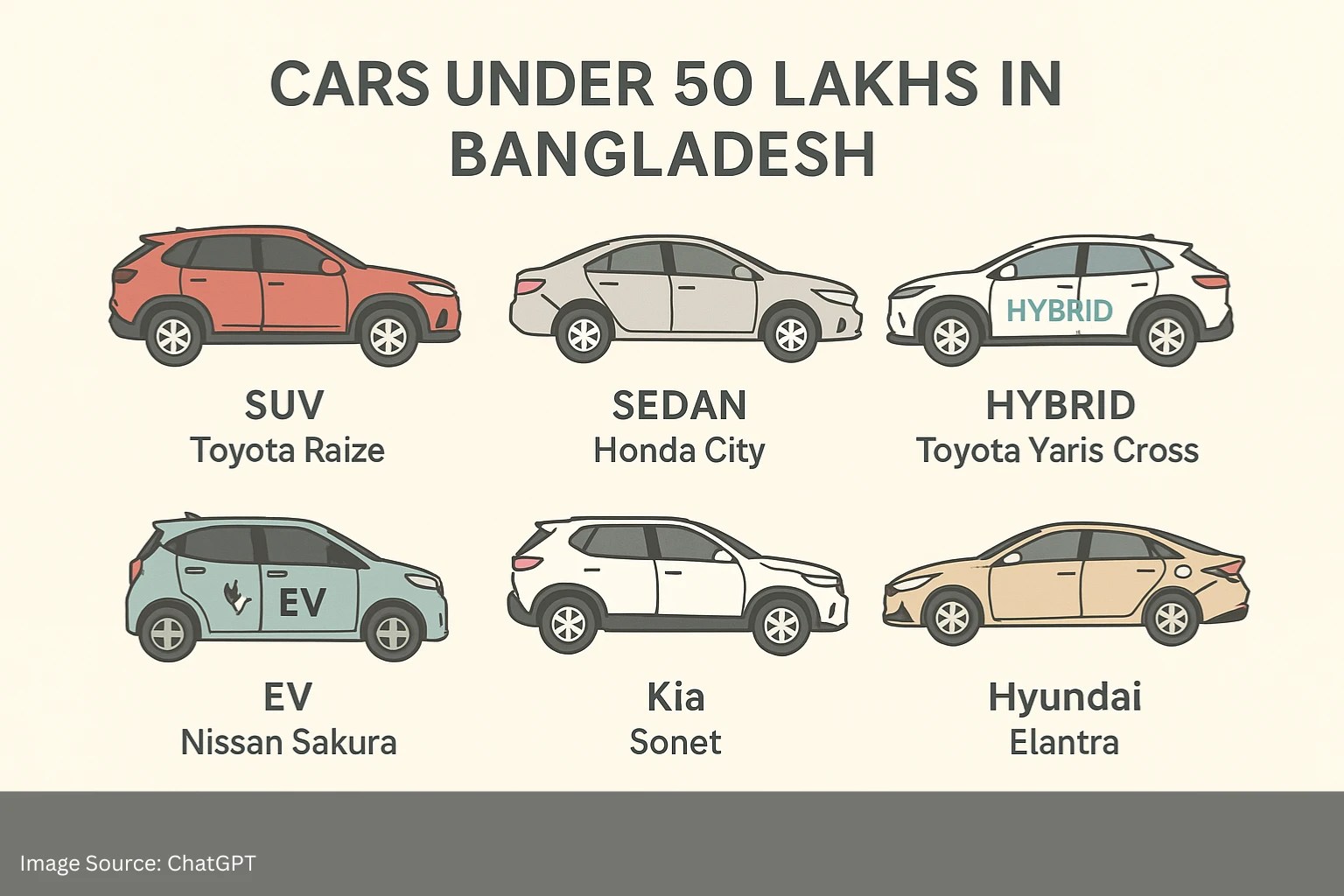
Top Picks (Shortlist that actually works)
My top picks are not just the most popular models; they’re the ones that make daily life easier. The Hyundai Creta is here because it strikes a rare balance: comfortable suspension, friendly driving manners, a sensible feature set, and broad service coverage. If you need seven seats without jumping to a full‑size SUV budget, the Mitsubishi Xpander stands out. It drives like a big hatch rather than a lumbering van, and that makes a difference in dense neighborhoods and crowded parking spots. For a sedan that feels calm and predictable, the Honda City remains a dependable choice. If you’re considering reconditioned, the Honda Grace and Toyota Axio deliver strong value—you pay less but still get reliability and excellent mileage. The Toyota Aqua deserves a place for people who do mostly city miles and want hybrid fuel savings without giving up comfort. For EV‑curious buyers, the Hyundai Kona Electric is an accessible step if home charging is realistic. These models made my shortlist because they check the boxes people in Bangladesh care about: space that works for the family, enough ground clearance to avoid daily stress, air‑conditioning that actually cools quickly, and ownership costs that won’t creep up on you. If a feature looks fancy but adds little to your routine, skip it and put that money into better tires, a dashcam, or an extended warranty—things you’ll appreciate far more over the years.
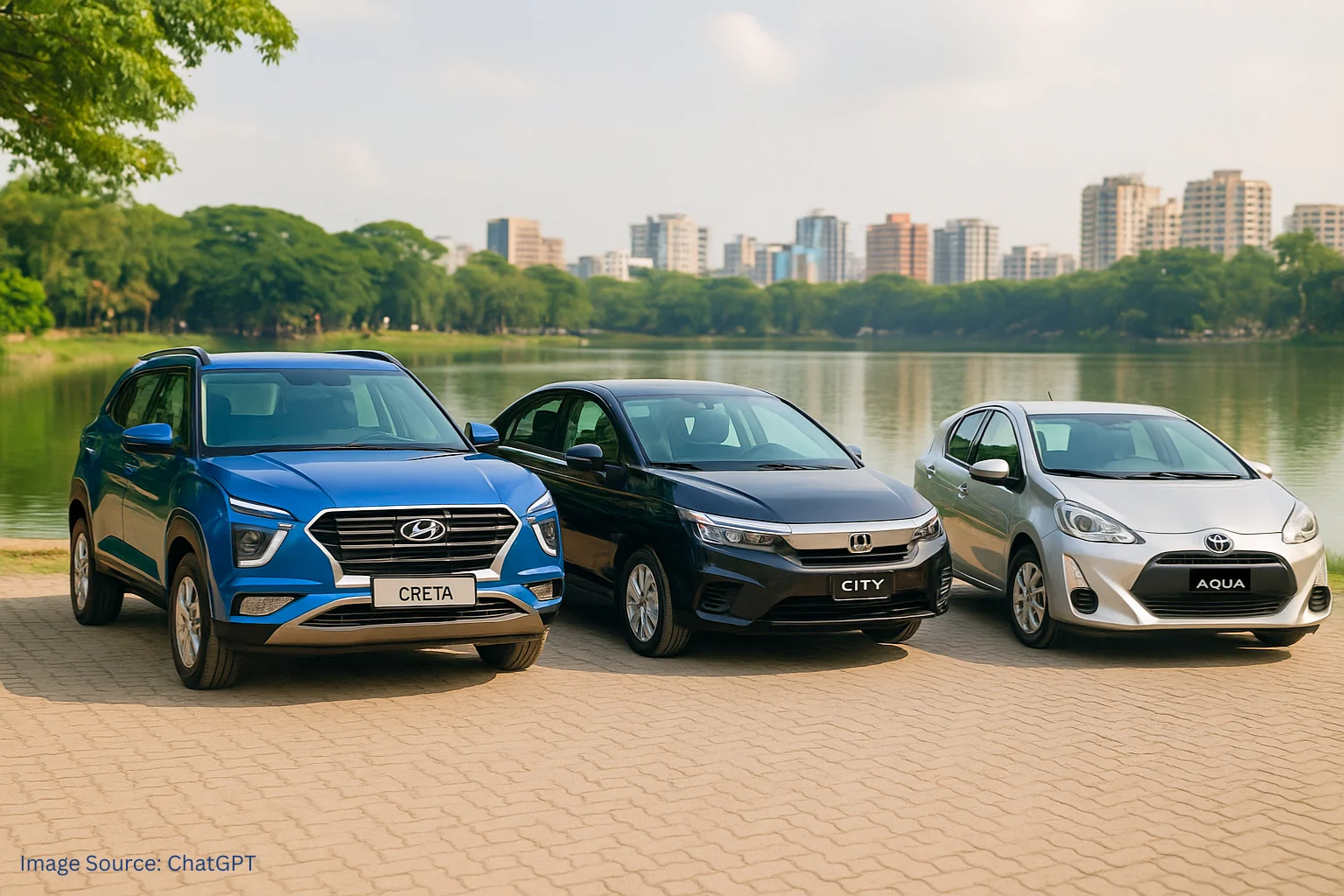
Best Family Car Under 50 Lakhs (Bangladesh)
Choosing a family car under fifty lakhs is less about horsepower and more about the tiny details that decide whether a school run feels smooth or exhausting. Start with seating: if you regularly carry five or six people, a three‑row layout like the Mitsubishi Xpander makes daily life easier. Children can get in and out without climbing awkwardly, and grandparents will thank you for the higher hip point. If you’re a family of four and you want a city‑friendly footprint, a two‑row SUV such as the Hyundai Creta is a sweet spot. The boot space is usable, the rear seat recline is comfortable on longer drives, and the ground clearance helps during monsoon days. For parents of infants or toddlers, test the stroller fit and the child‑seat latch points during the test drive, not after purchase. Bring the gear you actually carry—school bags, a cricket kit, and a week’s groceries—and check how the car handles that load with the rear seats up. Small conveniences add up over time: wide‑opening doors, rear AC vents that genuinely cool, and a reverse camera that stays clear in the rain. If a salesman rushes you, slow the process down. You’re not buying a gadget; you’re choosing a daily companion for the whole family. Pick a color you’ll enjoy seeing every morning and a variant with the safety equipment you feel confident about. You’ll feel the difference every single day.
Buy the car that fits your daily life 80% of the time. Renting for that rare big trip is cheaper than buying size you don’t use.
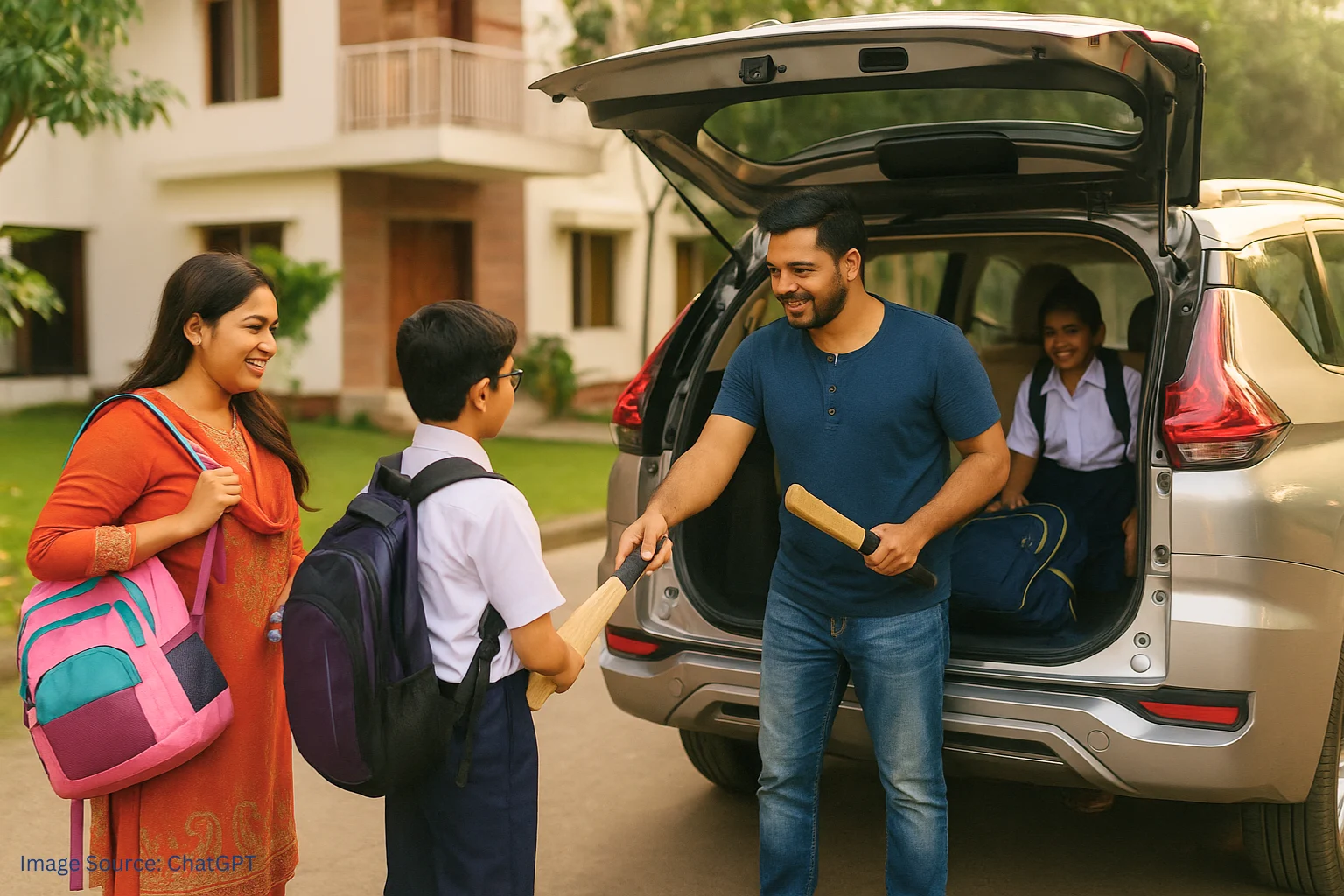
Best SUV under 50 lakhs in Bangladesh
Compact SUVs have become the default choice for many buyers in Bangladesh because they mix ground clearance with car‑like comfort. Within fifty lakhs, the Hyundai Creta sits at the heart of that trend by offering a calm ride, good visibility, and a cabin that doesn’t feel cheap. If you need real people‑moving flexibility, the Mitsubishi Xpander is a clever cross between an MPV and an SUV—it’s tall enough to keep you confident in heavy rain yet light enough to maneuver through tight alleys and crowded markets. For drivers who want to escape fuel station queues, the Hyundai Kona Electric is a different kind of SUV altogether: quiet, quick off the line, and happiest in city traffic where regenerative braking works in your favor. Just be sure your home or office can support regular charging. When comparing SUVs, don’t chase the tallest stance or the largest wheels if they make the ride harsh on broken roads. A little moderation here brings big comfort later. Spend time on a test route with speed bumps, rough patches, and a bit of highway so you can hear wind noise and feel high‑speed stability. A good compact SUV should feel composed at 80–100 km/h, not floaty, and it should settle quickly after bumps without tossing passengers around.
- Hyundai Creta: balanced ride, friendly size, wide service network.
- Mitsubishi Xpander: honest 7‑seat flexibility without big‑SUV stress.
- Hyundai Kona Electric: city‑loving EV if home charging is feasible.
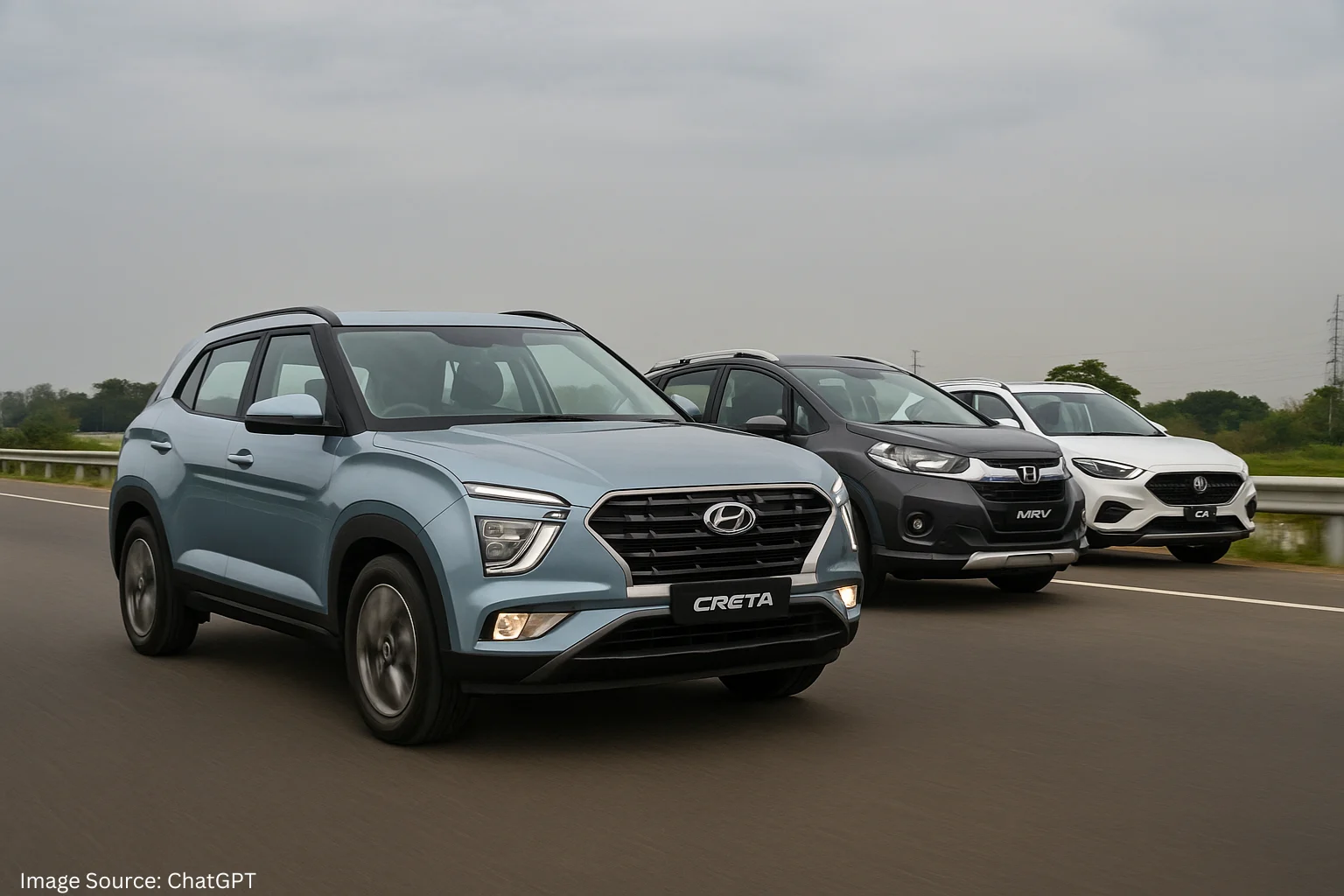
Best sedan under 50 lakhs bangladesh
Sedans still shine in Bangladesh because they’re inherently comfortable, stable on the highway, and usually more fuel‑efficient than similarly priced SUVs. If you want a calm, classy daily driver, the Honda City is a great place to start. The front seats support you properly, the rear bench is wide, and the suspension filters out typical city chatter. Reconditioned options like the Honda Grace and Toyota Axio add hybrid efficiency to that comfort puzzle, and the savings on fuel can be real for office‑hour commutes. A sedan is also easier to park in old apartment basements and narrow lanes. Before you buy, check ground clearance against the ramps you use daily, because scraping the underside gets old fast. Take your family for the test drive and pay attention to how easily everyone buckles up, how quickly the AC cools, and whether the boot swallows a week’s shopping without a fight. If you’re torn between sedan and SUV, be honest about your routine. If you rarely leave the city and you value a quiet, planted feel, a sedan might bring more peace for the same money. Pick the variant with key safety features, keep tires properly inflated, and you’ll enjoy a relaxed drive for years.
- Honda City: planted highway feel, supportive seats, easy ownership.
- Honda Grace (recond): hybrid efficiency with sedan comfort.
- Toyota Axio: proven reliability, simple to maintain, strong resale.
Hybrid & EV Options (Lower Running Cost)
Hybrid and electric options are worth a serious look if you want to shrink your monthly running costs. In Dhaka’s stop‑and‑go traffic, a hybrid such as the Toyota Aqua or Honda Grace can spend a surprising amount of time running on electric assistance, which means less fuel burned and less heat under the hood. They also feel calmer because the powertrain doesn’t strain every time traffic crawls. For drivers who can install a home charger and keep a regular routine, an EV like the Hyundai Kona Electric can be a joy—silent, quick, and almost maintenance‑free compared to an engine that needs oil changes and filters. The catch is planning: know where you’ll charge, how often, and what backup plan you have during power cuts or longer trips. Ask about battery warranty length, replacement pricing, and whether the local service network has the right tools. As with any car, take a long test drive. If the salesperson won’t allow it, that’s a sign. Good dealers understand that buyers need time to feel how the car fits their life. With a clear charging or fueling plan, hybrids and EVs can feel like affordable luxury—quiet cabins, smooth acceleration, and less money leaving your wallet every month.
Charging & battery tips
Confirm home or office charging before you commit to an EV, learn your average daily usage, and ask for battery warranty length, replacement costs, and service capability. For hybrids, get a battery health report and keep service intervals on time.
Brand New vs Reconditioned (What actually matters)
The reconditioned market exists for one big reason: value. For the same budget, you can often get more features, better materials, and hybrid tech compared to a basic brand‑new model. But value is only real if you verify the car. Start with the auction sheet and chassis number; they should match perfectly. Look for signs of flood exposure, overspray, or panel repairs that don’t line up. Have a trusted mechanic scan the car, test the hybrid battery where relevant, and check wear items like tires and suspension bushings. Don’t be shy about walking away if something feels off—another good car will always show up. Paperwork matters as much as paint. Confirm the import documents, registration history, and any due taxes or penalties. Ask the seller to give you everything in writing, including a basic warranty if they promise one. Finally, budget a small fund for the first service cycle after purchase; refreshing fluids, filters, and a set of tires can make a used car feel new and can save you from small headaches turning into big bills.
- Match auction sheet to chassis number; verify mileage and grade.
- Inspect for flood or crash repair; bring a trusted mechanic.
- Check hybrid battery health, service history, and tire age.
- Confirm all paperwork and get promises in writing.
Finance, EMI & Hidden Costs
Financing a car is not just about getting a low EMI; it’s about protecting your monthly cash flow so life stays steady. Collect quotes from at least two banks and one non‑bank financial institution. Ask for the effective interest rate, the processing fee, prepayment rules, and whether insurance must be purchased through them. A simple rule of thumb helps: try to keep your car EMI, expected fuel or charging costs, and routine service together under roughly a quarter of your take‑home pay. That cushion gives you room for price swings in fuel or the occasional repair. When comparing deals, look beyond the shiny brochure number—small fees add up. Before you sign, ask for a full cost sheet and read it at home. Build your budget with the real on‑road number, not just the ex‑showroom price, and plan your first year’s insurance upfront. If an offer includes freebies you won’t use, negotiate for service vouchers or extended warranty instead. Those are far more valuable over the long run.
| Hidden Costs | What to confirm |
|---|---|
| Registration & plates | Get government fee breakdown in writing. |
| Insurance | Comprehensive in year one; check IDV and add‑ons. |
| Loan charges | Processing, valuation, early settlement rules. |
| Accessories | Reverse cam, dashcam, floor mats—negotiate bundles. |
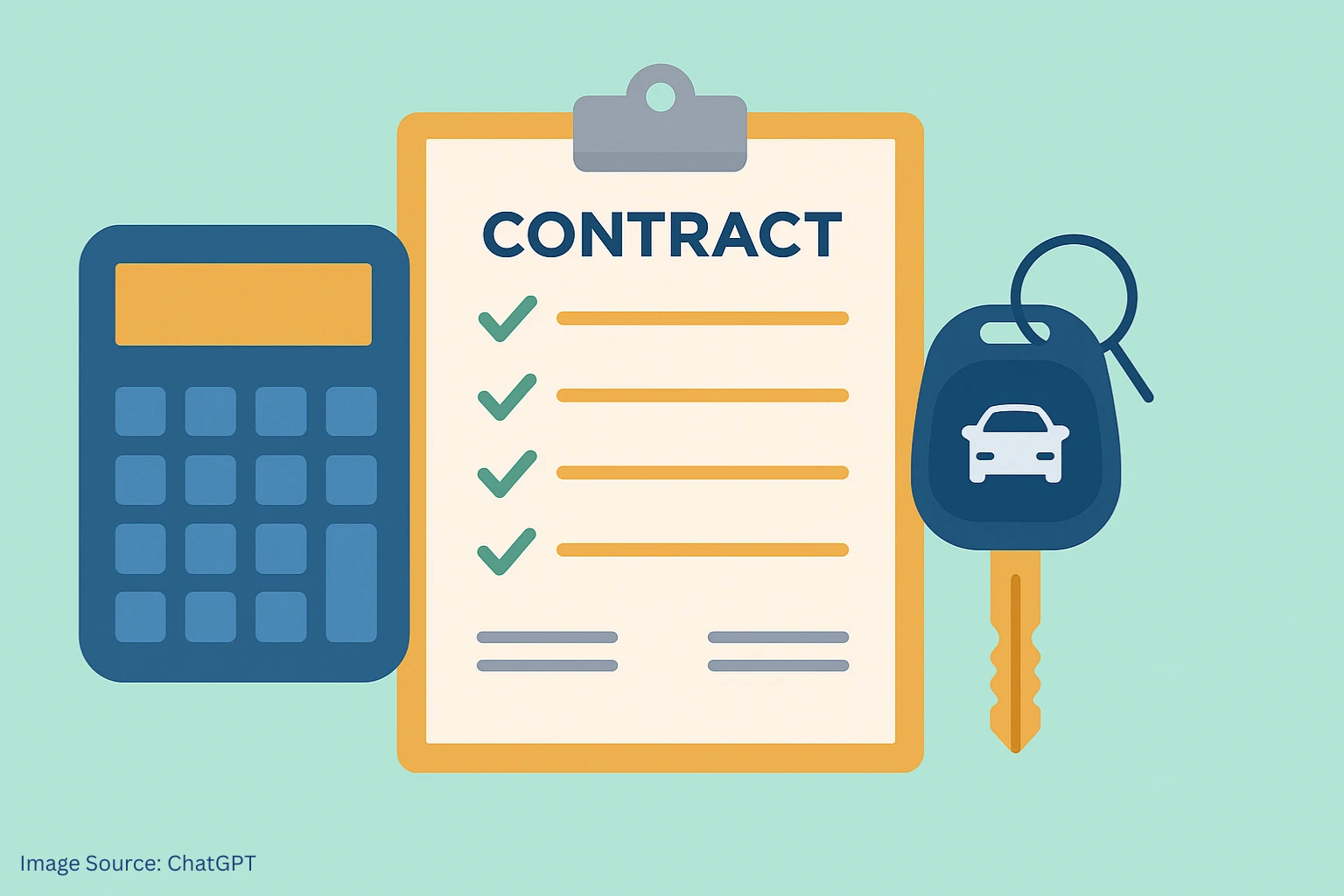
Step‑by‑Step Car Buying Guide — Bangladesh 2025
Here’s a calm, repeatable way to buy a car without stress. First, fix your all‑in budget—up to fifty lakhs including registration, insurance, and essential accessories. Next, shortlist three models that match different sides of your life: a compact SUV, a sedan, and one wildcard that surprised you during research. Visit official showrooms to collect itemized quotes and check delivery timelines in writing. When you test drive, take your family, your everyday bags, and a tape measure with your parking dimensions. Use the exact roads you’ll drive most—narrow lanes, a speed bump, some rough patches, and a bit of open road. After that, sit down with the numbers at home. Compare warranty length, buyback or exchange programs, service intervals, and the cost of common parts. If you’re looking at reconditioned, add a mechanic inspection and a battery health check for hybrids. Only pay after paperwork is crystal clear. Finally, do a slow pre‑delivery inspection: panel gaps, warning lights, tire date codes, spare tools, and that all lights and windows operate smoothly. This process takes a little time, but the result is a decision you won’t second‑guess later.
- Fix all‑in budget (car + taxes + registration + insurance).
- Shortlist three models (SUV, sedan, wildcard).
- Collect written, itemized quotes with delivery time.
- Test drive on your real route with family and usual luggage.
- Compare warranty, service intervals, buyback/exchange offers.
- For reconditioned: mechanic inspection + hybrid battery report.
- Pre‑delivery inspection; confirm tools, spare, and all keys.
Citations & Helpful Links
If you’re ready to go deeper, start with official local distributor pages so you’re looking at the correct variants, colors, and warranty terms for Bangladesh. They also announce seasonal campaigns and delivery windows that can swing the final price. Price databases and classifieds are useful for cross‑checking, but always verify with a real showroom quote. A fifteen‑minute phone call can save you days of confusion later. When you compare across sources, focus on three things: safety equipment, total on‑road cost, and the strength of the service network near your home or office. Everything else is negotiable.
FAQs — People Also Ask
1) What is the best car under 50 lakhs in Bangladesh right now?
Start with a simple lens: space, comfort, and total cost. If you want a calm five‑seat SUV that feels good in Dhaka traffic and on a weekend highway run, the Hyundai Creta is a dependable baseline. Need seven seats for family or carpool duty? The Mitsubishi Xpander is a practical pick with real third‑row space. Prefer a sedan’s planted feel? The Honda City is easy to live with, and if you’re open to reconditioned options, the Honda Grace and Toyota Axio deliver hybrid efficiency for busy city routes. Treat prices as ranges and insist on itemized, written quotes. The right choice is the one that fits your routine with the least daily effort.
2) Is a hybrid worth it in Dhaka traffic?
Yes—hybrids were practically designed for stop‑and‑go conditions. In crawling traffic, the engine can switch off while the electric motor helps you move, so you burn less fuel and enjoy a quieter cabin. Models like Toyota Aqua and Honda Grace have become popular for exactly this reason. Check the hybrid battery’s health, warranty terms, and where you’ll service the car. For reconditioned hybrids, ask for a battery test report and read the auction sheet carefully before paying.
3) Can I buy a good family car under 50 lakhs with 7 seats?
Absolutely. The Mitsubishi Xpander is the go‑to under this budget because it offers honest three‑row usability without feeling oversized in city traffic. Ground clearance helps during monsoon days, and the cabin is simple in a good way—easy to clean, easy to live with. If you don’t need seven seats every day, a five‑seat SUV like the Hyundai Creta still handles a family of four comfortably and is easier to park in tight basements.
4) Should I buy brand new or a reconditioned car?
Buy new if you want a clean slate: full warranty, predictable history, and straightforward paperwork. Go reconditioned if you want more features for the same money—especially with Toyota and Honda hybrids. The key is verification. Match the auction sheet to the chassis number, scan for flood or accident repairs, and get a mechanic to inspect the car. Ask for every promise in writing and budget for a fresh service cycle after you buy.
5) What extra costs should I plan for besides the sticker price?
Plan for registration and number plates, smart card, tax token or fitness where applicable, first‑year comprehensive insurance, and a few practical accessories like a dashcam or reverse camera. If you take a loan, add the processing fee and understand prepayment rules. A simple budgeting rule keeps life calm: try to keep your EMI, expected fuel or charging cost, and routine servicing together under about twenty‑five percent of your take‑home income.
Conclusion & Key Takeaways
- Budget first: treat 50 lakhs as an all‑in cap, not just the car price.
- Shortlist smart: Creta for 5‑seat ease, Xpander for 7 seats, City/Grace/Axio for sedan comfort, Aqua for hybrid savings.
- Paperwork power: verify documents, ask for written quotes and promises.
- Test like real life: drive your own route with your own passengers and bags.
- Think resale: popular colors, timely service stamps, and gentle use pay off later.


